Digestive System Of A Crocodile
Digestive system of a crocodile. Digestive juices of crocodiles are so strong that they can even digest a steel nail. Crocodiles seem to have an overall digestive efficiency similar to that of alligators with overall energy digestibility the energy content of the ingested food minus that of the excreta as a percentage of the energy content of ingested food reported to be 864 for juvenile crocodiles Garnett 1988 and 843 for juvenile alligators Staton et al. Behavior of the Saltwater Crocodile.
Now the more broken down material enters a pool of hydrochloric acid hcl. The digestive enzymes in the stomach are particularly strong and most bones and flesh are rapidly digested. Farmer suspected the key to those digestive feats was a special blood vessel known as the second aorta.
It also helps vital nutrients get to all the vital muscles of the animal but allows growth to occur. Crocodiles seem to have an overall digestive efficiency similar to that of alligat ors with overall energy digest- ibility the energy content of the ingested food minus. It is then sent to the tube that goes to the anus.
On the other hand hair and other keratinous substances eg turtle shell and chitin eg insect cuticle are broken down very slowly. This lets crocodilians send blood to the stomach and digestive organs instead of to the. Artwork by Brian Williams.
The blood that travels along to the stomach is thus rich in carbon dioxide a crucial component in releasing more acid into the stomach to disintegrate prey. Their beak and tongue allows them to pick up and move food for swallowing. Crocodiles Digestive System.
Moreover they also have a palate to separate breathing and eating tubes so they can breathe whilst eating which is similar to the epiglottis in humans. It has an esophagus that transports the food from its mouth to its stomach. These elements help break down the horns hooves hair and flesh.
To release heat they need to have their mouths slightly opened. Crocodilia or Crocodylia both k r ɒ k ə ˈ d ɪ l i ə is an order of mostly large predatory semiaquatic reptiles known as crocodiliansThey first appeared 95 million years ago in the Late Cretaceous period Cenomanian stage and are the closest living relatives of birds as the two groups are the only known survivors of the Archosauria.
On the other hand hair and other keratinous substances eg turtle shell and chitin eg insect cuticle are broken down very slowly.
Crocodiles are large aquatic animals found in AfricaAmericaAustralia and AsiaThere are many kinds of crocodiles but the most common ones are AlligatorCaimanCrocodylus. They also differ from other crocodilians in their social behavior. It includes the mouth and its salivary glands the esophagus the stomach and the intestine and ends in a cloaca. To release heat they need to have their mouths slightly opened. These elements help break down the horns hooves hair and flesh. New research explains crocodiles spectacular method of digesting large meals that lets them eat 23 percent of their body weight at once bones and all. He has about the same kind of pumping blood throughout the body where needed. The digestive enzymes in the stomach are particularly strong and most bones and flesh are rapidly digested. It also helps vital nutrients get to all the vital muscles of the animal but allows growth to occur.
This is because the digestive system of a crocodile requires oxygen-rich blood. One mystery of the crocodile that remains is. The blood that travels along to the stomach is thus rich in carbon dioxide a crucial component in releasing more acid into the stomach to disintegrate prey. And the Crocs have adapted away to deal with this problem. 1990a an observation which is consistent with. It also helps vital nutrients get to all the vital muscles of the animal but allows growth to occur. Crocodiles are reptiles and like most reptiles they cannot chew for their mouth cannot move sideways.

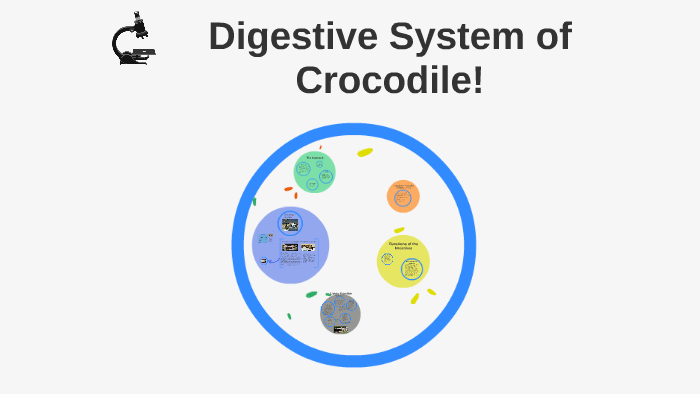
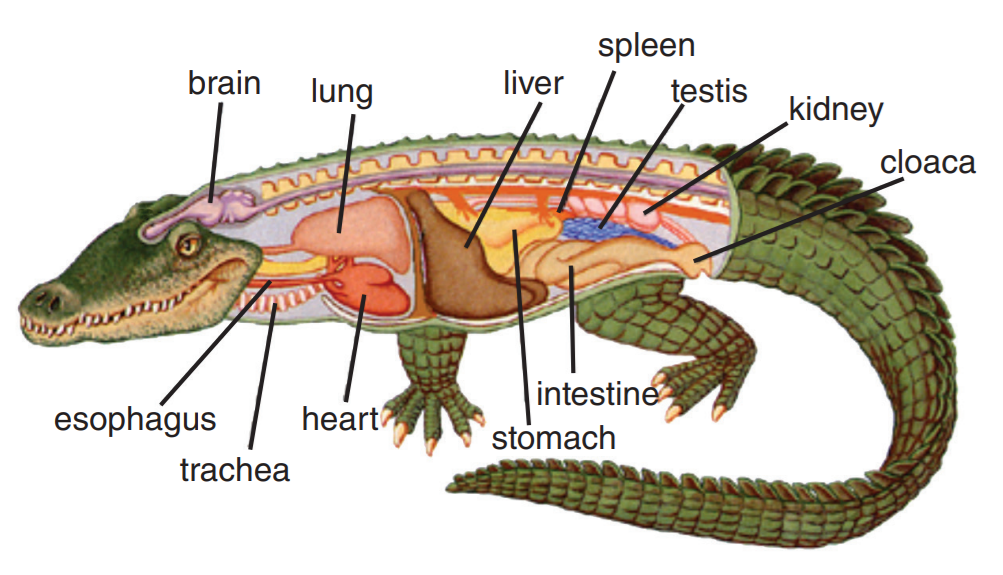




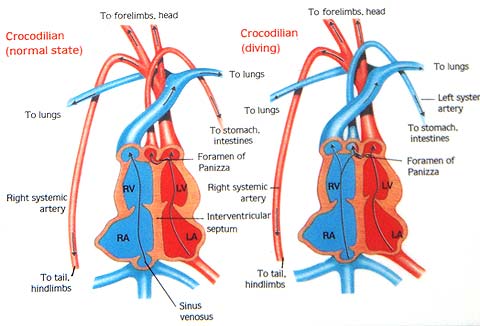






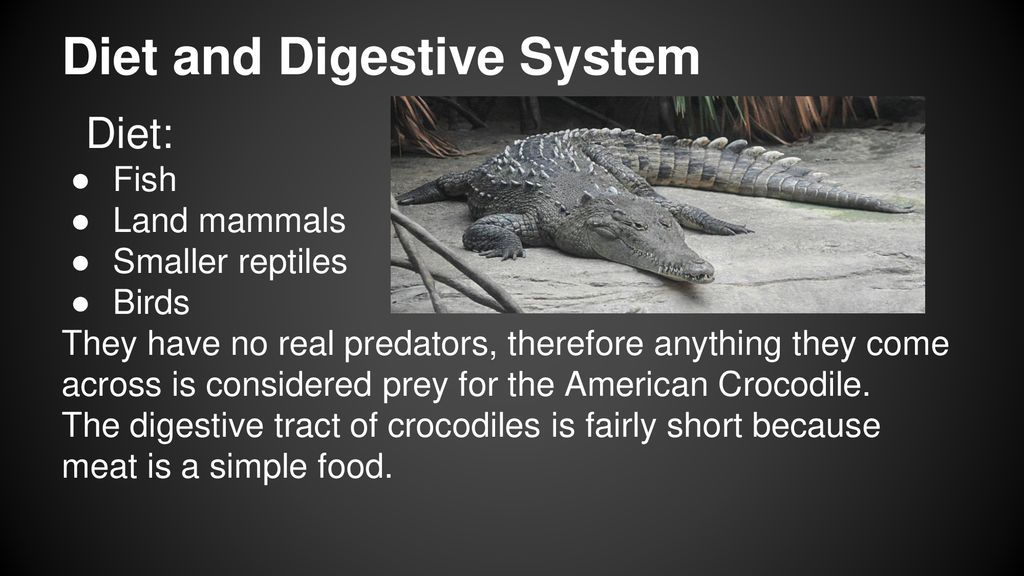
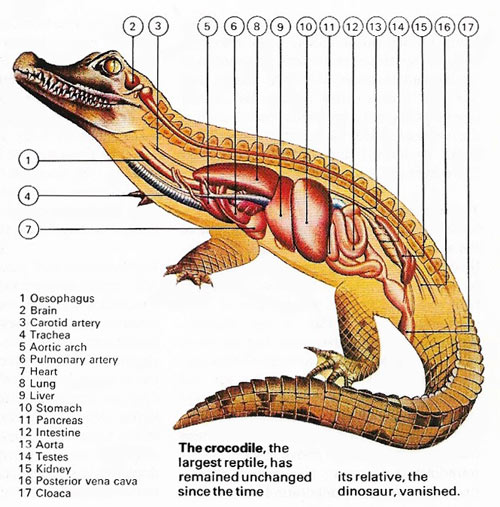
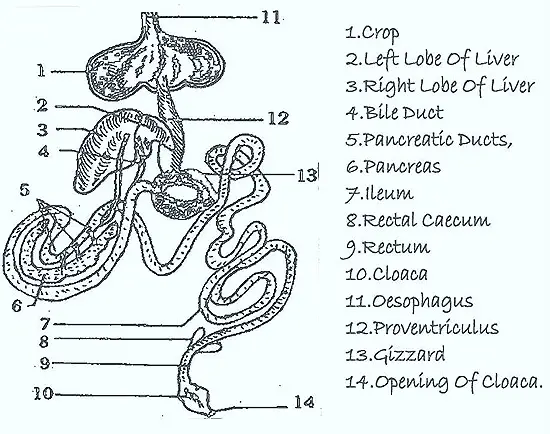






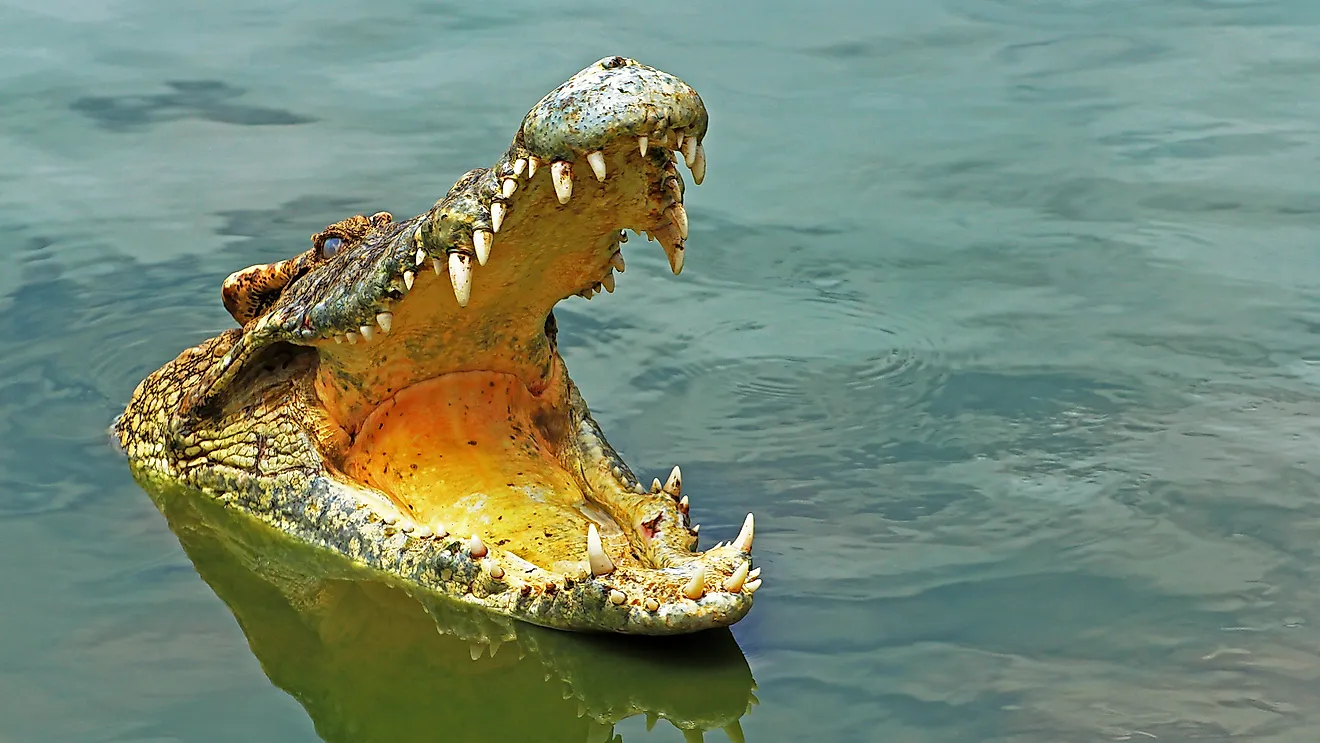
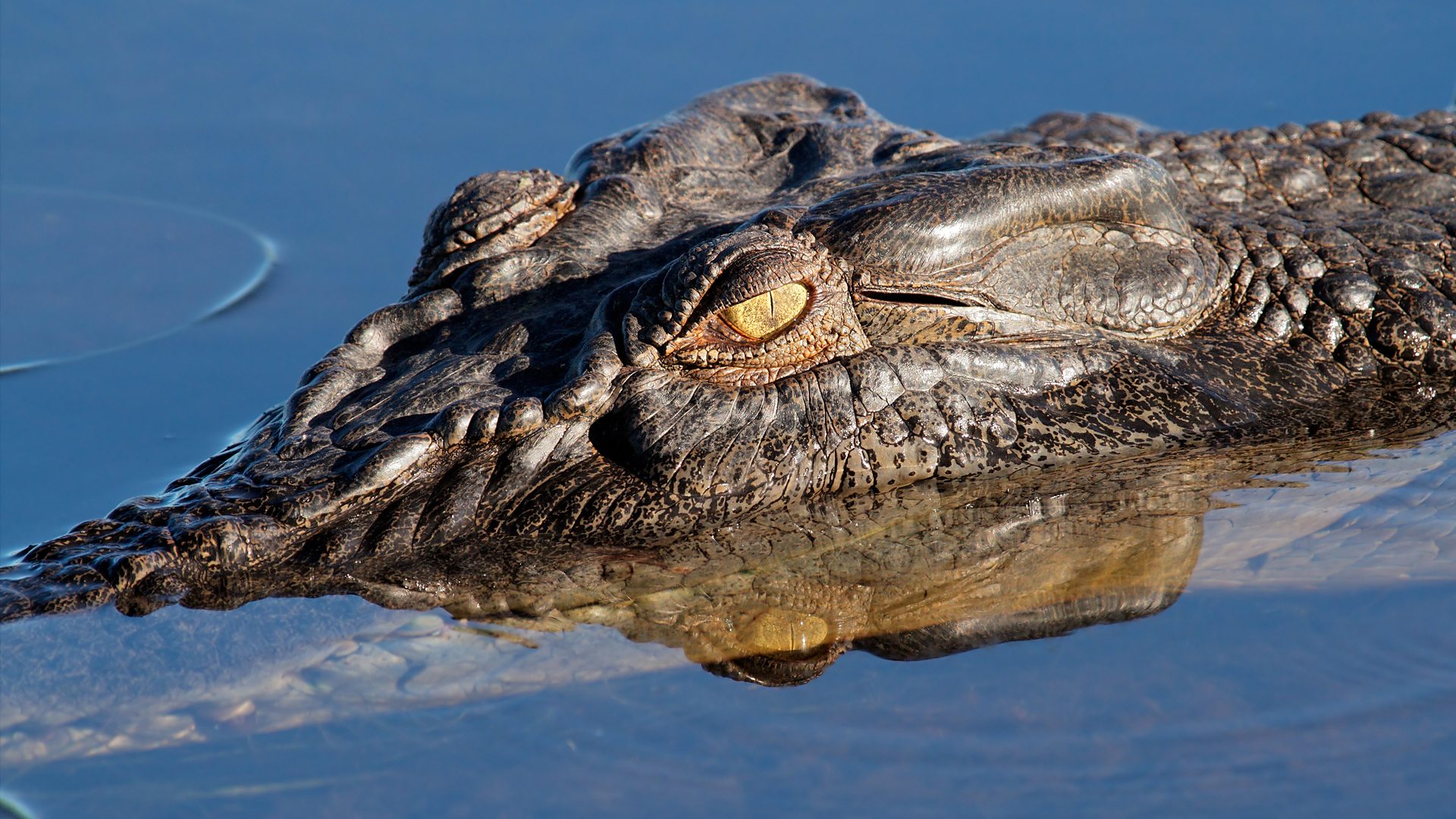
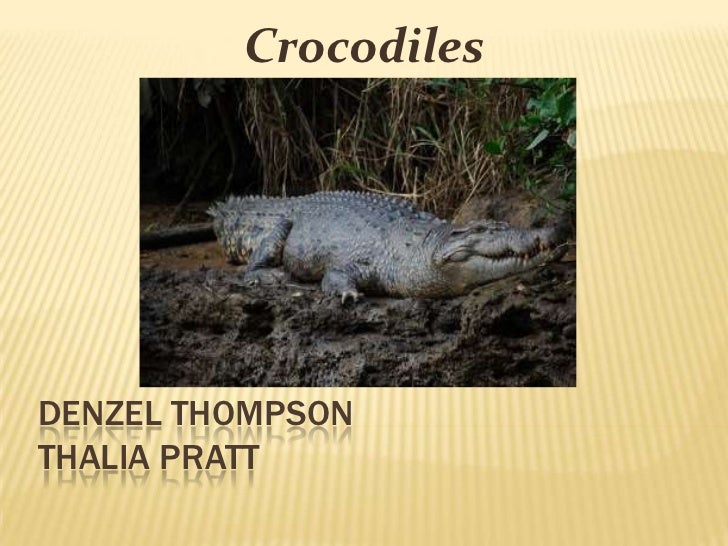
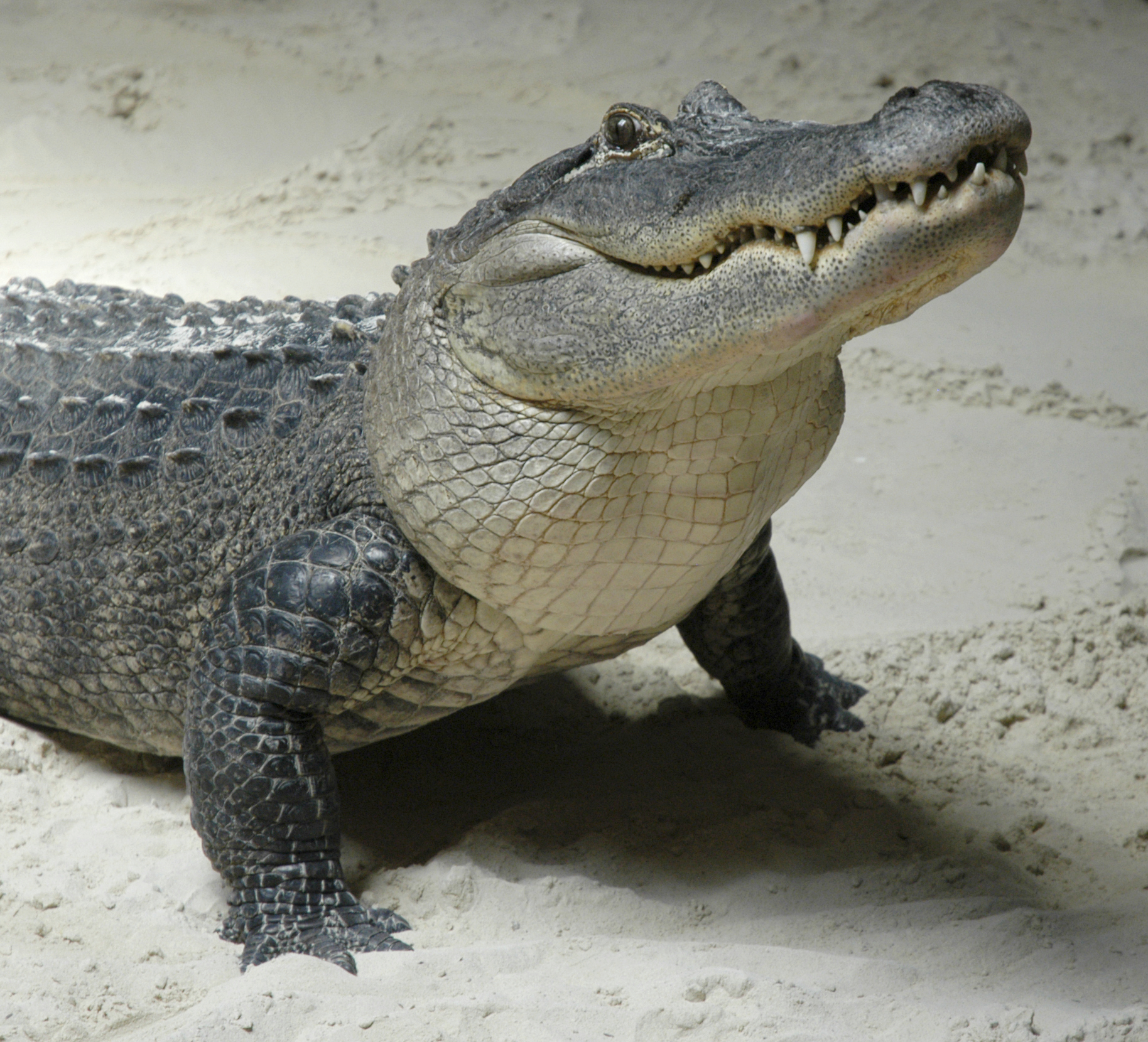



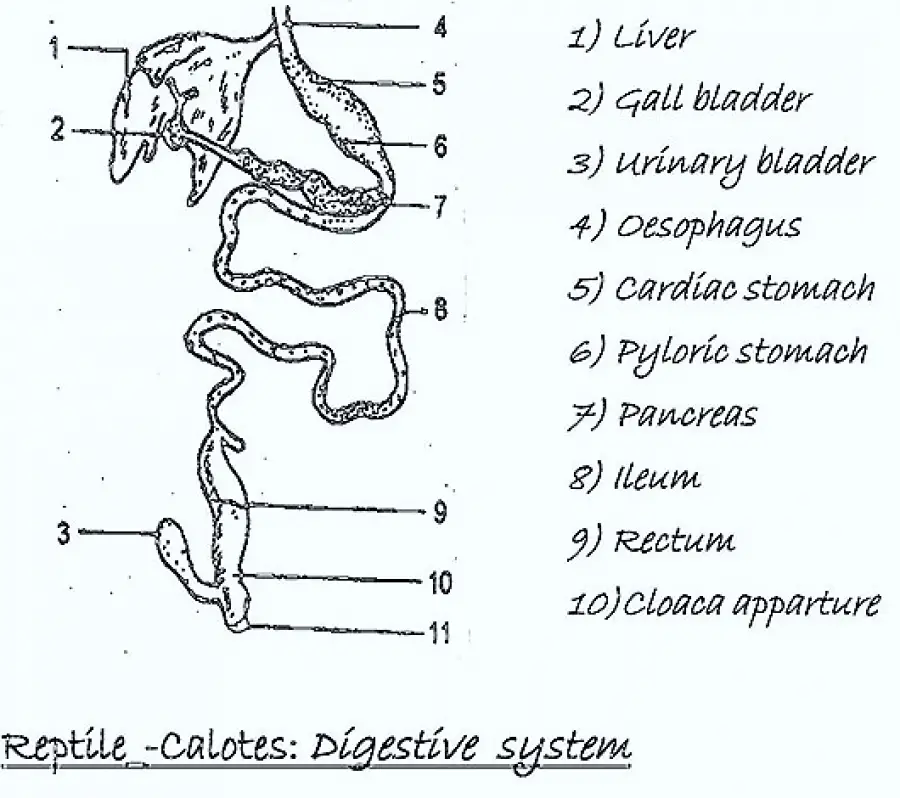

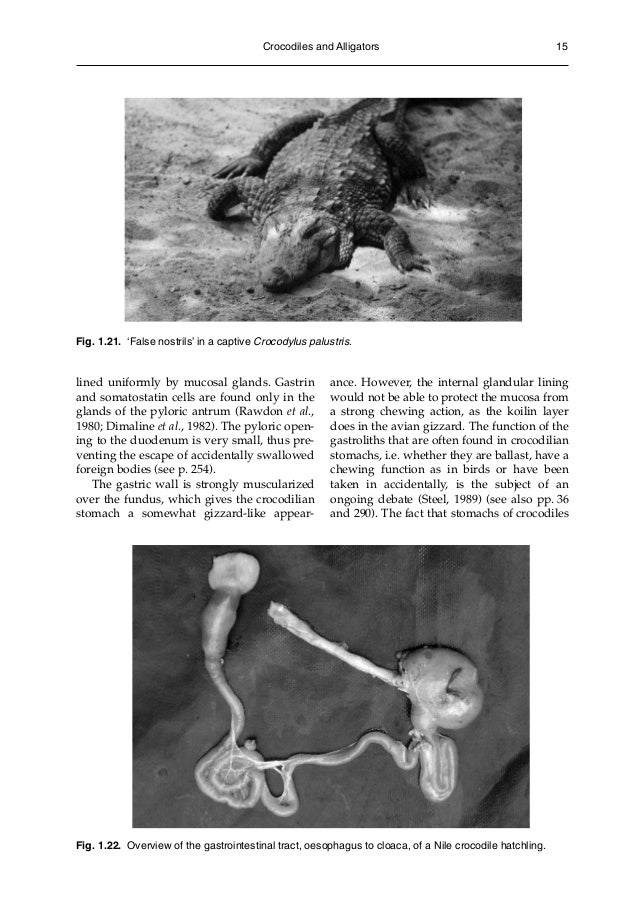







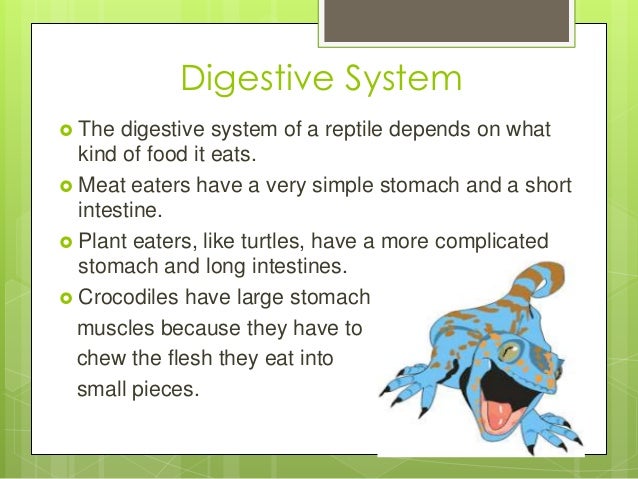
Post a Comment for "Digestive System Of A Crocodile"